A lazy bear and a fishing cat
We had no idea Sri Lanka had such an amazing array of interesting animals to see, and that we would be doing several safaris a la Africa style. In a 4wd with a guide, cruising around national parks in the hope of spotting some of those exotic animals. Sri Lanka is well known for its elephants in the national parks, and many come just to see those gentle giants with their tiny ears. The whales (blue and humpbacks), dolphins and turtles are also a favourite, but we were in the wrong season for the whales as well as for diving so we focused on land-based animals instead, as there is so much more to see than just the elephants!
On our first day of driving Tiktok our tuktuk, we passed by the Anawilundawa wetlands. These giant man-made tanks were built in the 12th century and are part of a complex irrigation system. They have become very important bird and animal sanctuaries as well as reservoirs for water consumed during droughts. Jude spotted more than 20 new birds in the few hours it took us to slowly drive around the lagoon. We realised we were in for a treat.
Nearby Wilpattu NP was one of the highlights of our trip. We went on four safaris, most of them with Bashi, our excellent bird guide. We were lucky enough to see elephants and leopards, different types of deer (spotted, barking and sambar) and many new birds, but it was the more unusual animals that had us really excited.
We spent one morning watching a sloth bear eating berries, hoping he would come out from the bushes and head to one of the many waterholes in the park for a drink. And our patience was rewarded. We were the only ones left as he came out onto the road and walked directly towards us. This was super special.

sloth bear (melursus ursinus) eating berries in Wilpattu NP – this is our first ever beer in the wild!
Bashi also reminded us it was possible to go on a night safari here. You can’t go into the national park at night, but around the small village of Wilpattu there are plenty of options to catch a glimpse of some of the nocturnal animals from Sri Lanka – if you are lucky. And we were extremely lucky.
He picked us up around 7pm and we had only driven a short distance into the little tracks through the fields when Jude spotted eyes on a side track. We stopped and saw a cat. Now in Sri Lanka when you see a cat, especially at night, you need to have a good look as they have several nocturnal wild cats you could be looking at. And this one happened to be one of the wild cats – we were looking at a jungle cat. What an amazing start to the night safari.
As on most safaris not much was spotted for a while. We saw a sleepy green garden lizard, elephants in the distance, several Indian nightjars (a nocturnal bird), a black-naped hare and then we spotted a mouse deer. Although they are usually diurnal, this tiny deer was moving around and even came into an open area so we could have a good look. It is not much bigger than a house cat and when it walks it even resembles the walk of a cat. During the day they are very hard to spot as they hide in the bushes and are very well camouflaged.

a Sri Lankan spotted chevrotain (moschiola meminna), often called a mouse deer because it is very small
A little later we were right next to a brown fish-owl, we had seen them before but never this close. And then the excitement began. Bashi and his brother (also a guide who had joined him to help with spotting) saw a fishing cat! Amazing, he was stalking through the tall grass next to the track we were on. But because the track was higher, we had a relatively good view. When the cat disappeared from view we drove to the end of the track, turned around and had a drink. But the excitement wasn’t over yet. We spotted the fishing cat again. This time sitting in the middle of an open area and it didn’t seem bothered by us or the car. Wow.
And just as we thought the night couldn’t get any better we also spotted a Eurasian otter right next to us. It also seemed almost not too bothered with us being there as it came back a few times to the little pool of water in front of some reeds, perfectly visible for us. We watched the fishing cat again grooming in the grass before driving home. We were buzzing.
During our lap of Sri Lanka we also drove Tiktok to Hortons Plains NP. It is an extremely steep, windy and bumpy ride, but in the end it was worth it. We did the hike to World’s End, and avoided most of the crowds. It was a pleasant enough walk, made even better because they check everybody’s backpacks and remove all single use plastic before you are allowed to start the walk. Even removing the label of water bottles (which are allowed). This means there is no rubbish on and around the trail. Amazing. But the highlight for us was when we returned to the ranger station. Whilst we were there a brown mongoose came for a visit, they showed us a black-cheek lizard and when we said we hadn’t seen a pygmy lizard on the hike they found one for us nearby. And when we drove the bumpy road back down after the hike we spotted another mongoose right next to the road, a stripe-necked mongoose this time. We had now seen all four different species of mongoose in Sri Lanka (we had seen the Sri Lanka grey and the ruddy mongoose in Wilpattu NP). Amazing and very lucky.

a brown mongoose (urva fusca), normally nocturnal but it was hunting around the ranger station when we arrived back from our walk to World’s End
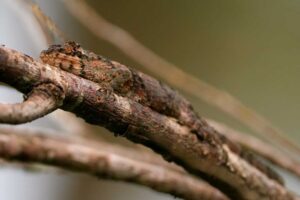
a pygmy lizzard (cophotis ceylanica) in Horton Plains NP, it doesn’t lay eggs but has live young because of the cold climate it lives in

a Sri Lankan sambar deer (rusa unicolor unicolor) stag just finishing his mudbath, they are the largest sambar deer in the world
Near Sigiriya we went on another night safari. This time a walking safari, and again we had an excellent guide. Our main objective was to try to find a grey slender loris. They are small nocturnal primates with huge eyes, eat mostly insects and whilst they sleep together in little groups, they are usually feeding alone. It was a windy night so we were struggling to find one, but in the end we did spot one, high up in a tree. Super cool. The rest of the walk we spotted several snakes, most were sleeping, but the Forsten’s cat snake was active as it is a nocturnal species. It had to be moved as it was in front of a hotel room, so Jude carried it for a while. It is slightly venomous but rarely bites and it was quite happy to be handled.
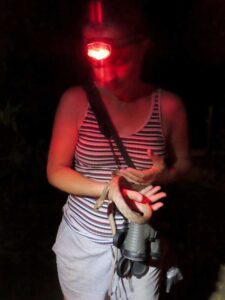
Jude holding a Forsten’s cat snake (boiga forsteni), it’s a venomous snake but is usually quite relaxed to be handled
We also saw an otter on this night safari, but only a glimpse as it disappeared into the reeds. A Jerdon’s nightjar was sitting right next to the path and because she was sitting on her two baby birds, she didn’t move as we quietly walked past her. Pretty cool to see from up close as normally they fly away of course.
Apart from the lizards in Horton Plains NP we also saw quite a few in Wilpattu NP and Jon spotted a colourful one in the forest around the Ritigale ruins. In the Knuckles Ranges NP we went out for a hike together with another excellent guide who spotted a leaf-nosed lizzard.We also added a few more new birds to our list there. Sri Lanka has many larger lizards as well, including the Asian water monitors. They are the second-heaviest lizard in the world after the Komodo dragon. We saw them near Polonnaruwa.
In Sri Lanka you can also find three different types of monkeys, we saw our first purple-faced leaf monkeys in the Knuckles Ranges. These are quite shy and we mostly saw them from a distance, although occasionally we were lucky enough to get closer. The toque macaques however are not shy at all and sport some very funky hair-do’s. Those two types of monkeys can only be found in Sri Lanka. The third one is the tufted grey langur which can also be found in India. They are usually a bit shy, but in certain areas they have gotten very used to people around them and you often see them around the ancient temple ruins where they also participate in the eating of the offerings (together with the toque macaques).
We saw plenty of elephants. During our day and night safaris we saw them in the national parks, we spotted them on our drives from one place to the next, we saw them on the back of a truck being carted around the country to another temple, and we watched them parade in the streets during a religious festival. But the closest encounters we had were on a road in the south that traverses Yala NP. It’s the B35 and it’s a public road. We drove down in our tuktuk to get from Sahana Retreat (our favourite lodge) to the south coast and five times we had to pass an elephant hanging out on the road. The elephants are being fed by locals and tourists who chuck food out of their car, and really dangerous situations arise when the elephant approaches a vehicle or tuktuk to see if they have anything for them. It’s not because they are aggressive, they are just keen to get their next (sugar) fix. We waited for a van or bus to drive past and would ride on their tails to get past the inquisitive elephants, luckily that worked.

we saw many elephant watch towers in Sri Lanka as villagers try to keep them from raiding their crops. Someone will spend the night in the tower, trying to scare off the elephants with fire crackers
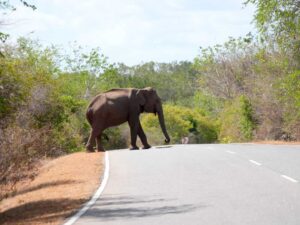
a lone elephant waits for his next sugar fix, hoping people will throw food out the window, a very dangerous situation
All in all, we think Sri Lanka is an excellent destination not only for sight-seeing, surfing and beach, but also as a wildlife destination. We were certainly very happily surprised by the variety of animals, and Jude is super happy with nearly 100 new birds spotted. Just incredible.




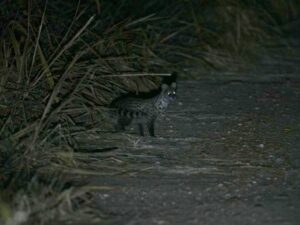


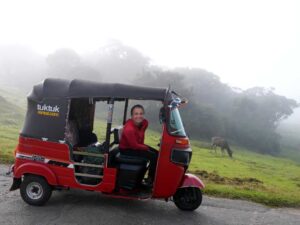

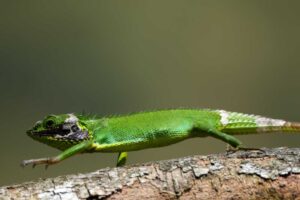


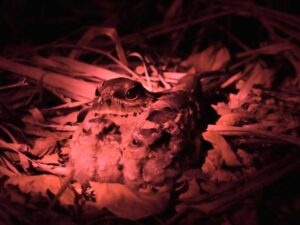




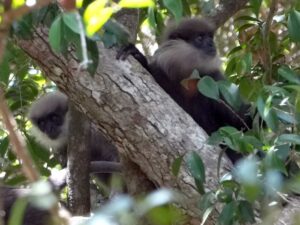
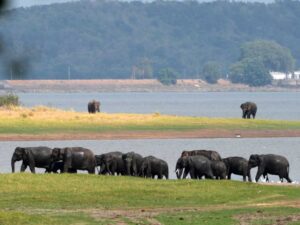








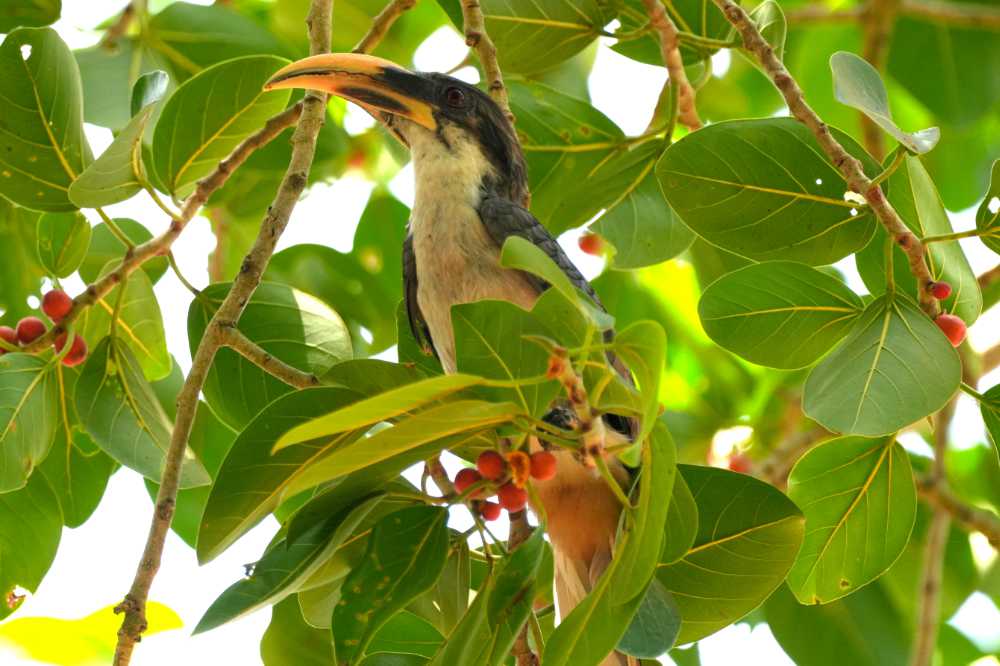

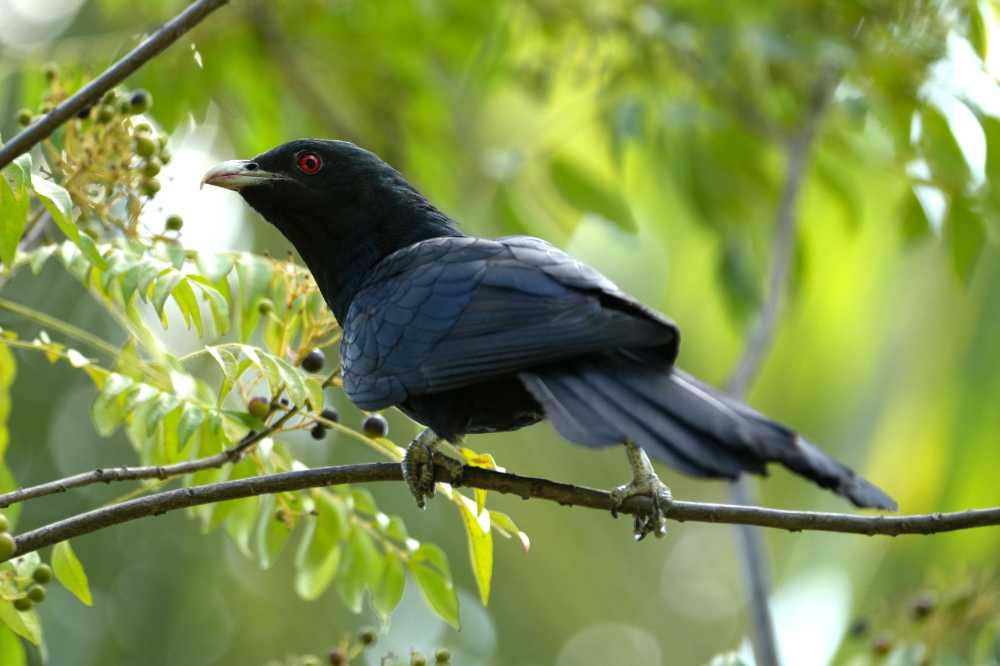
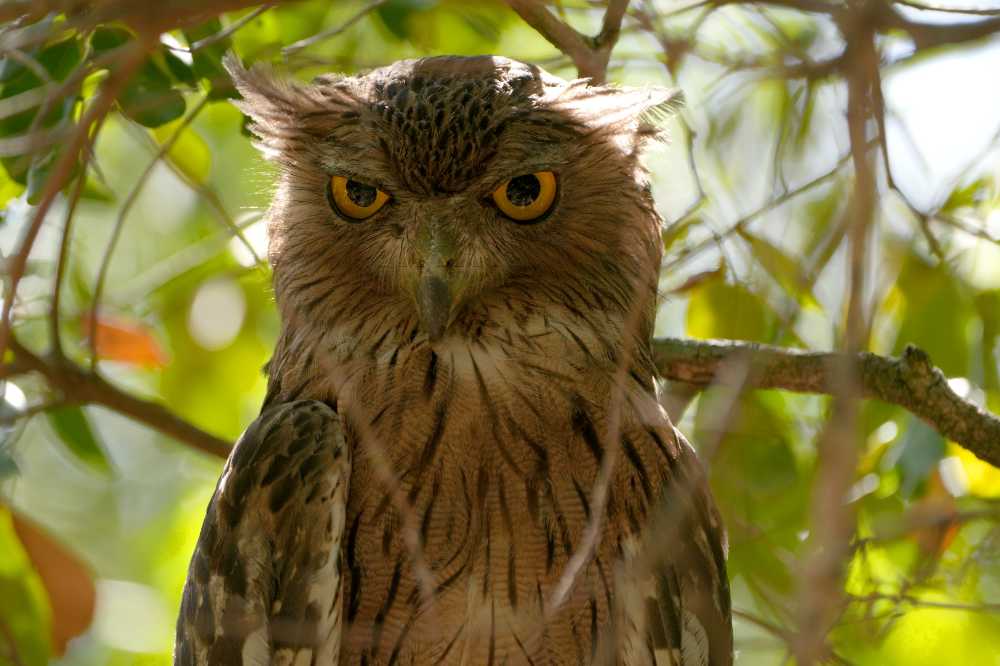

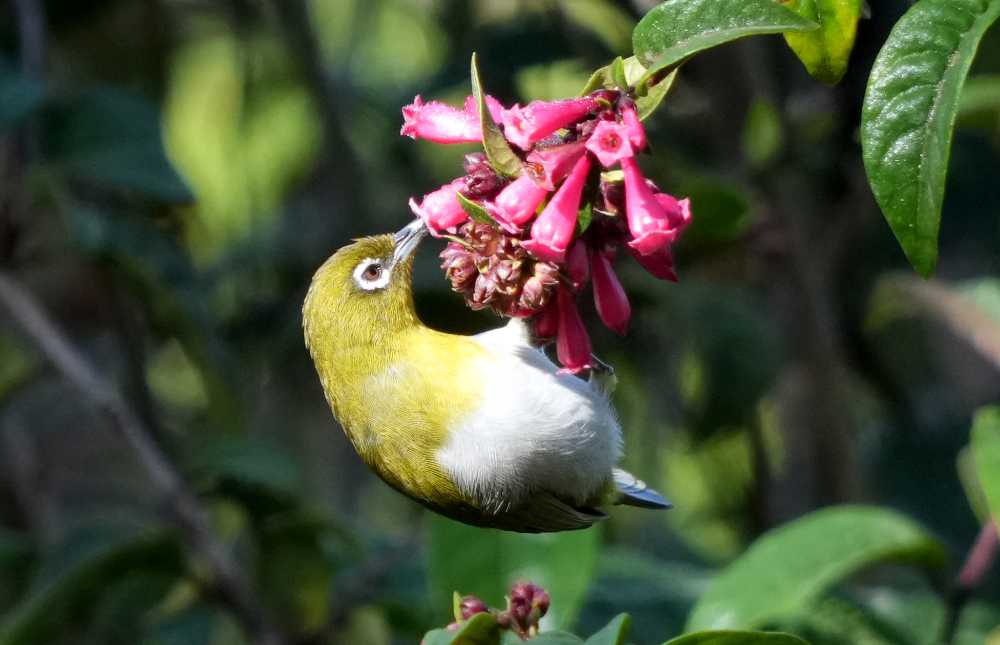

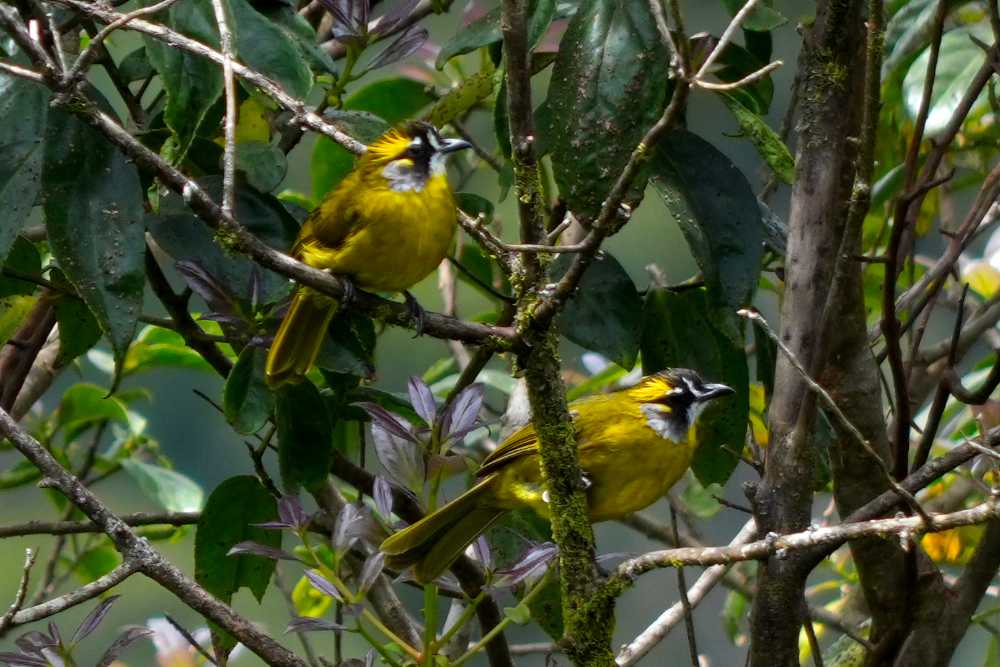
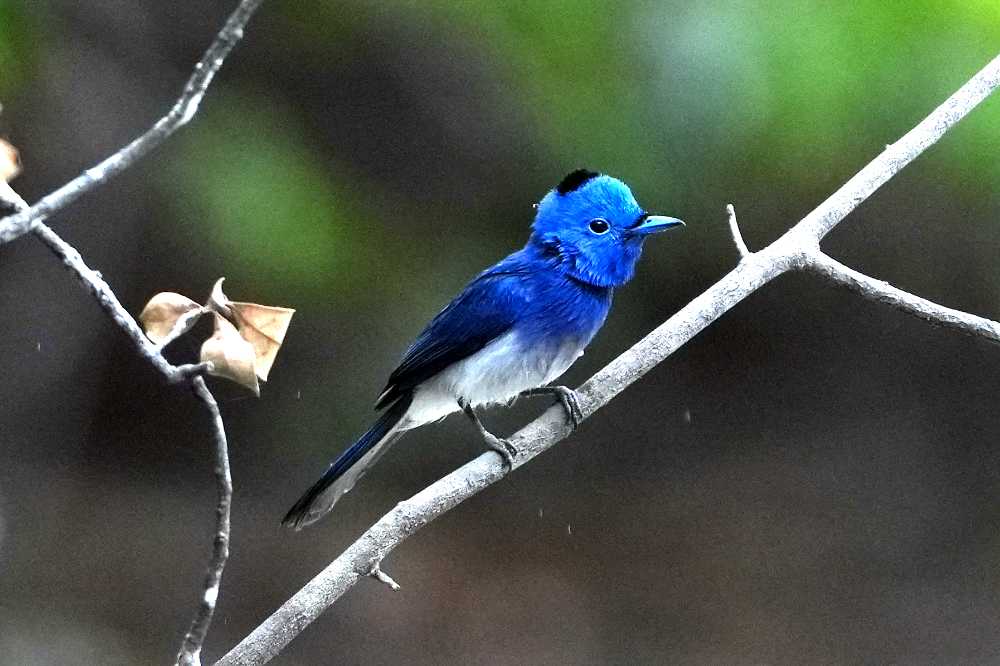
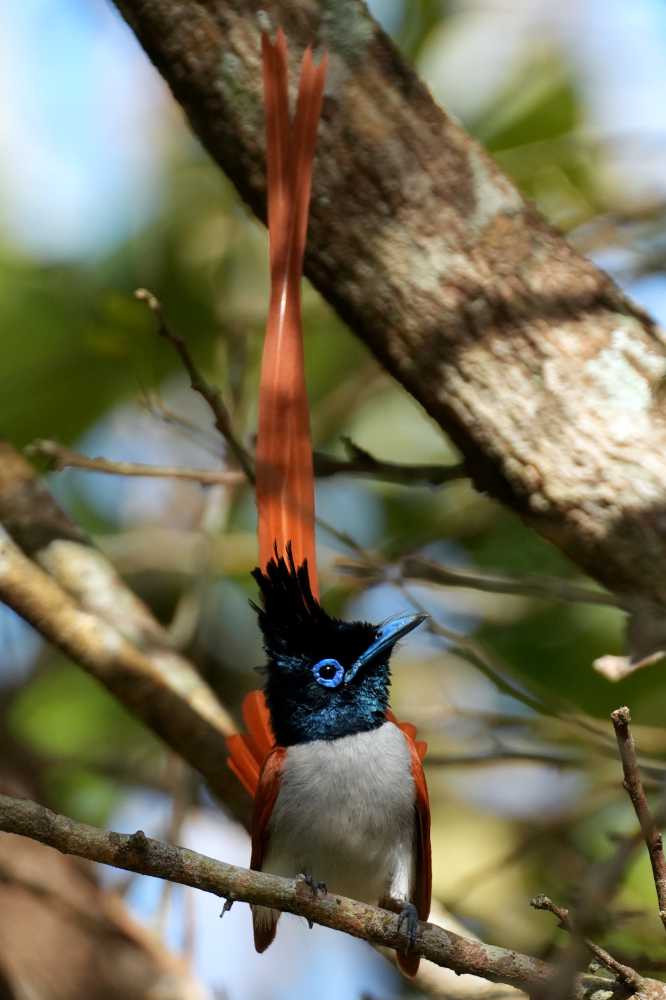

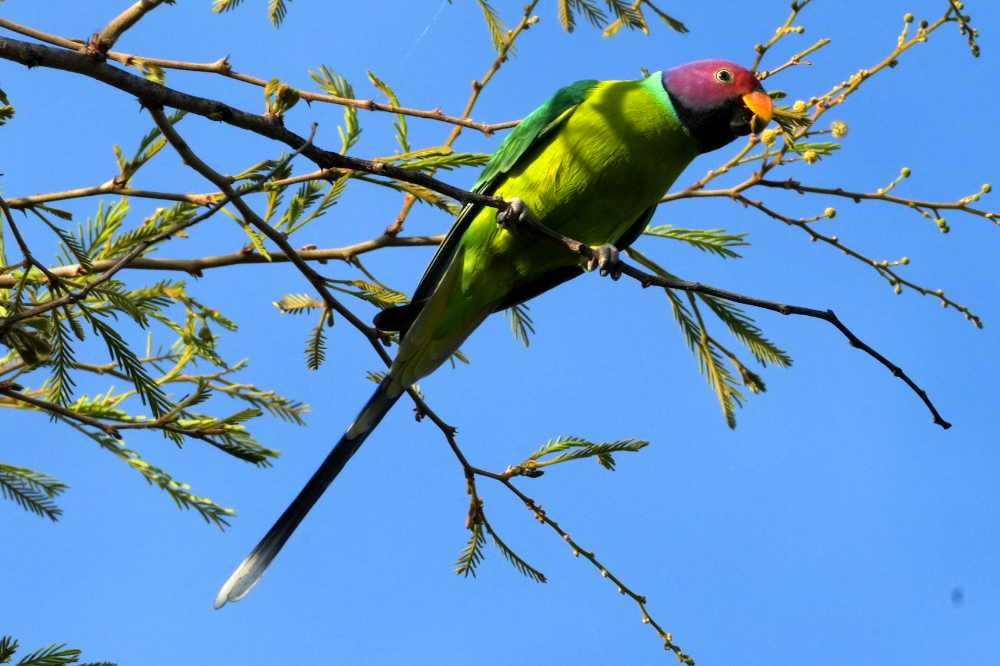

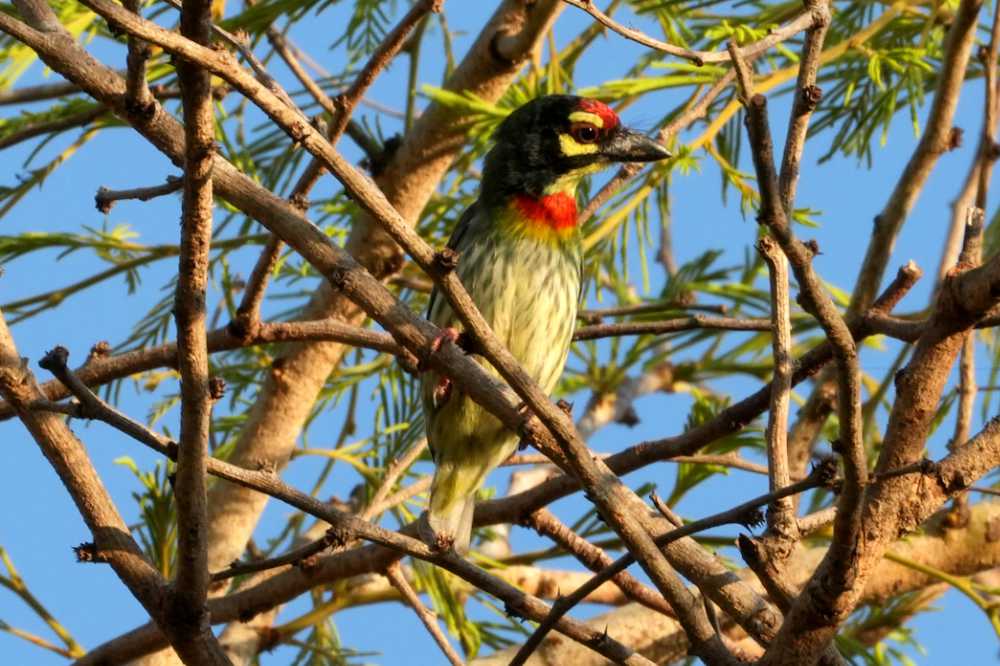
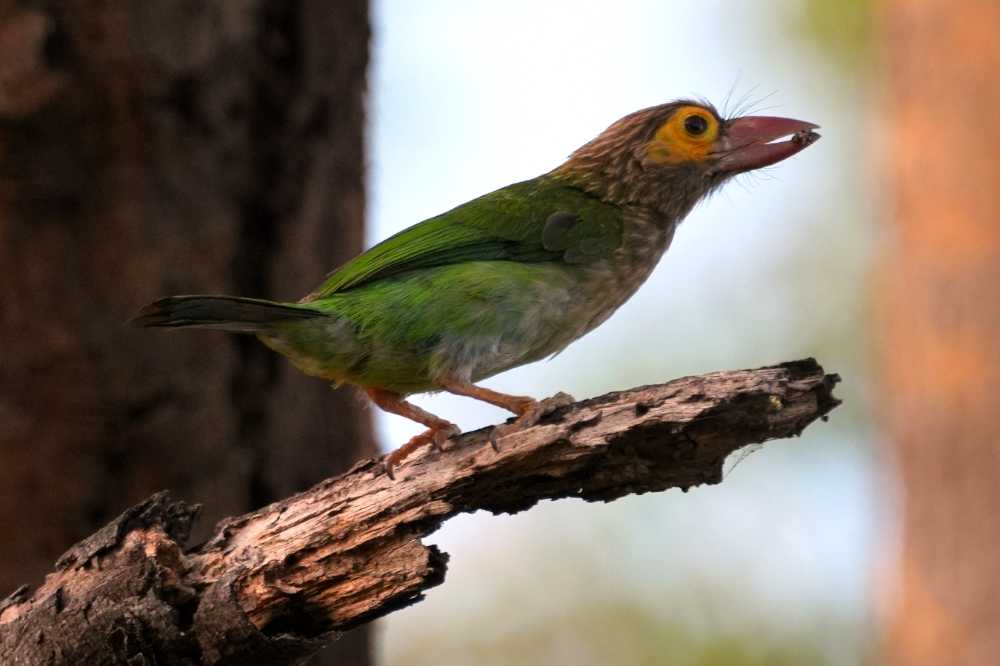

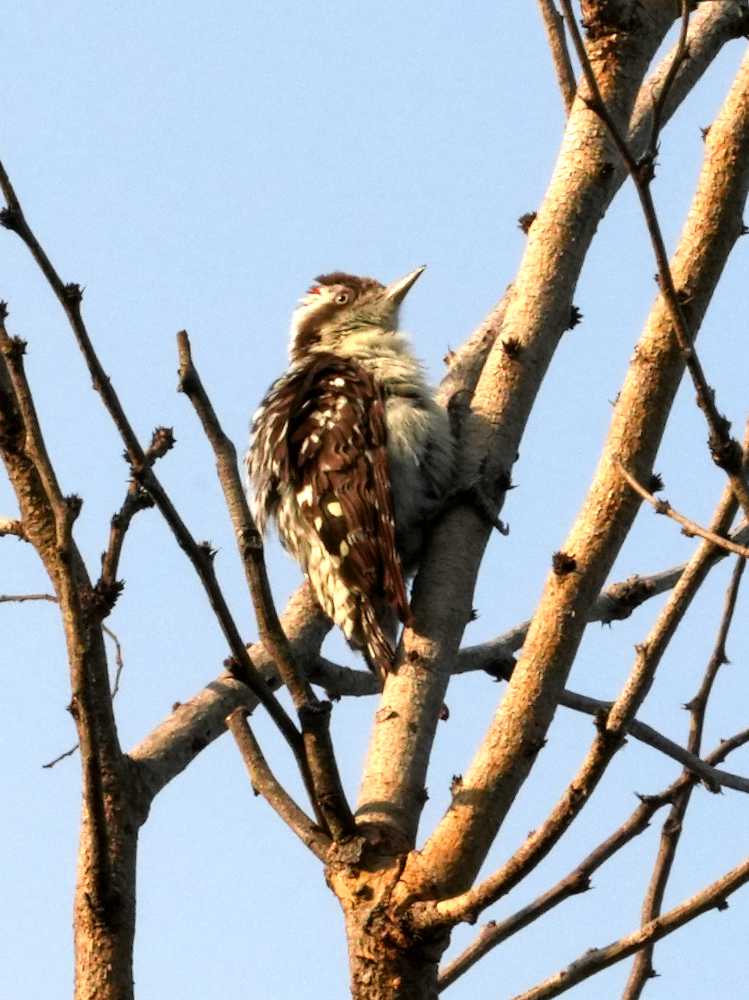
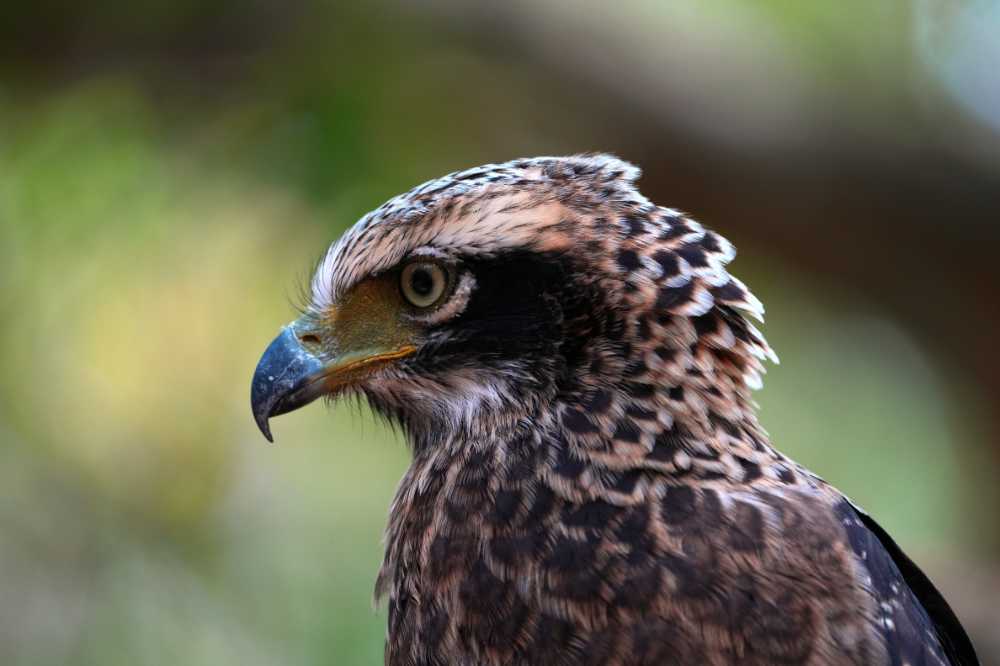
Een beetje traag maar ik heb echt weer genoten van jullie verhalen en zeker van de prachtige foto’s!
dankjewel weer 🙂 is dit meer een land dat wellicht op jouw lijstje komt?
Oh you guys make me want to go there! Sloth bears! Leopards! The sheer variety of critters!! Fabulous experience (and journal!) your photos are as fabulous as usual – I especially loved the bird slideshow at the end…
See you soon!
🙂 you’d love it there! Highly recommend it! Glad you liked the birdies 🙂 Did you check out the link with the rest of the birds of Asia? So many incredible birds there! Looking forward to catching up in less than a month! xx